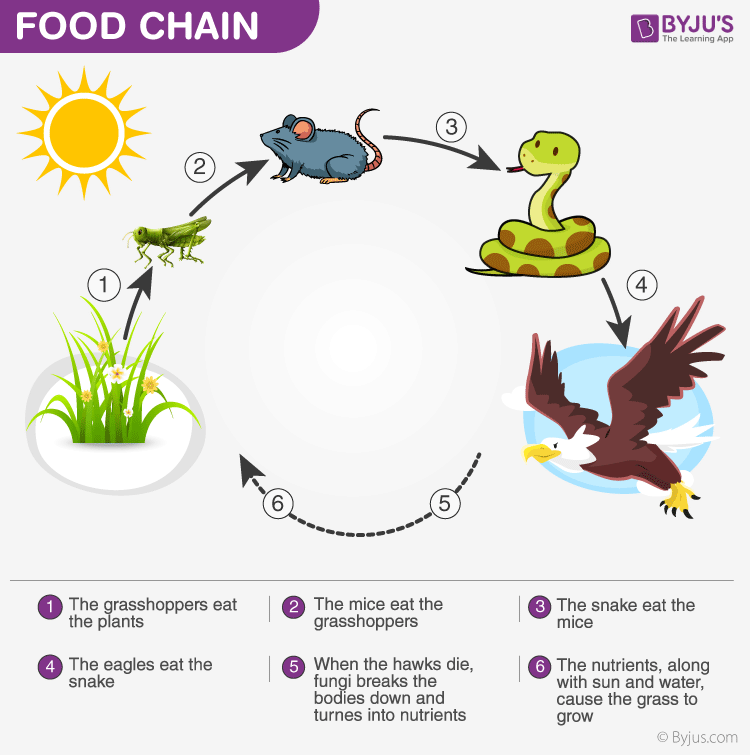The living and nonliving things in one area are a part of this term.
Ecosystem
True or False: The law of conservation of energy states that energy cannot be created or destroyed.
True
Organism Mesic Forest Riparian Forest
Plant 5.5 6.7
Animal 2.6 3.4
Fungus (range) 2 0-5
Are consumers or producers more common in the Mesic Forest?
Producers (5.5:2.6)
Another word for nonliving things
abiotic factor
What is a producer
Organism Mesic Forest Riparian Forest
Plant 5.5 6.8
Animal 2.6 3.4
Fungus (range) 2-3 0-5
What is the ratio of plants to animals in the Riparian Forest?
2:1
(6.8:3.4 simplified)
another word for living things
organism or biotic factor

Energy from the primary consumer comes from the producer. This animal is the primary consumer.
Grasshopper
Organism Mesic Forest Riparian Forest
Plant 5.5 6.7
Animal 2.6 3.4
Fungus (range) 2-3 0-5
The plant and animal data is averaged across many groups. Why did we average our data?
Averaging data strengthens our claim by including results from many samples, not just one. One way of adjusting for error.
a scientific idea formed by data
inference

Energy is lost between each step of the food chain. 90% of energy is "lost" or used in acts of daily living, and only 10% is passed to the next consumer in the chain. This is known as the...
10% rule.
Organism Mesic Forest Riparian Forest
Plant 5.5 6.7
Animal 2.6 3.4
Fungus (range) 2-3 0-5
We averaged our data for plants and animals. Why do the averages not make sense?
You can't have 7/10ths of a plant in real life USING OUR SAMPLING METHOD.
This type of animal gets its energy by eating other animals
Secondary consumer
 Using the 10% rule, if there are 2 eagles in this ecosystem, about how many snakes must there be?
Using the 10% rule, if there are 2 eagles in this ecosystem, about how many snakes must there be?
2 eagles x 10 = 20 snakes
On our second hike, we threw a hoop down and counted the number of biotic factors inside. Why does this sample under-represent the true number of consumers in an ecosystem?
Many answers:
-scared them off
-too small of a hoop
-inexperience of samplers